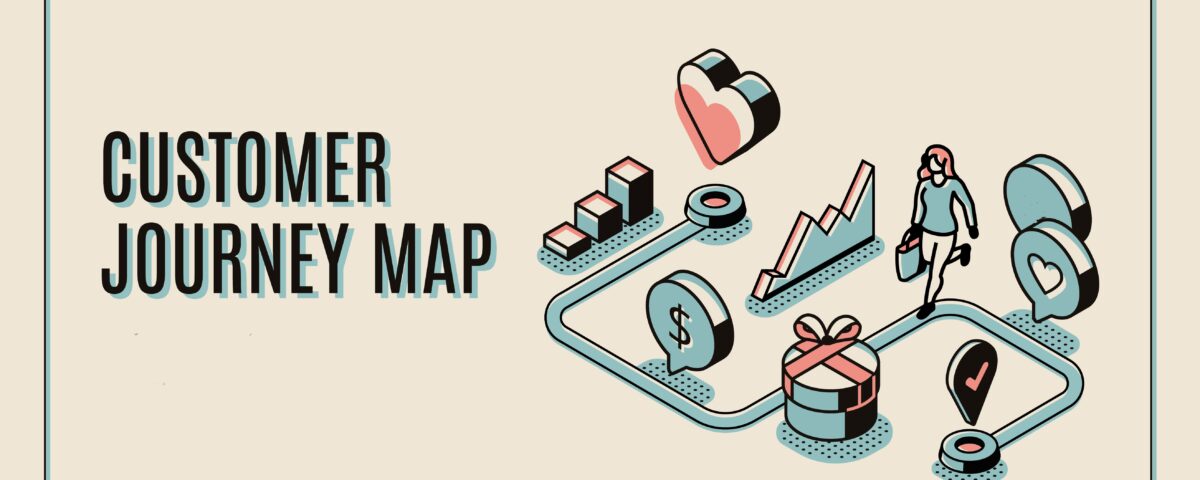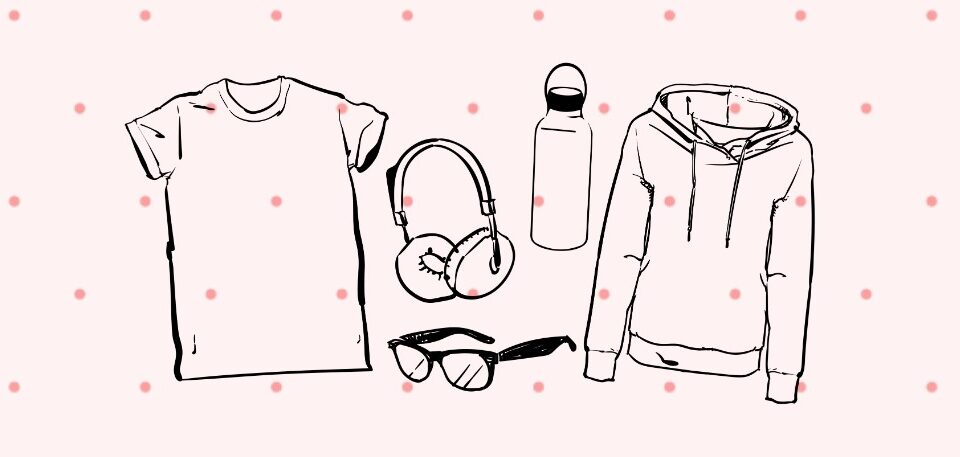
Guide to Buying Promotional Products
December 22, 2022
The Importance of Employee Appreciation
January 19, 2023The hallmark benefit of the customer journey is that it allows you to create a path for customers to check out a product and take direct action. Today, customer journey maps have become a valuable tool for predicting the flow of future customers. When you look at visual elements, the customer journey might seem straightforward. It is, after all, about a simple product exchange. But you’d be surprised how complex customer journey maps often turn out to be.
Role of a Customer Journey Maps
When you create a customer journey map – it gives you insightful information across all departments. It also helps you find the best approach to interact with customers. With CJM, you can better understand your customer and highlight gaps or inconsistencies in the customer experience. Remember, these gaps can be between departments, devices, or channels.
Perhaps, the most significant benefit of a customer journey map is that it offers clear information about how customers move throughout the sales funnel. And this, in turn, gives you a shot to maximize the path’s efficiency and trigger an uptick in sales. There is nothing wrong with a multi-channel approach, but more touchpoints mean more complicated customer journeys.
In the customer journey map, each stage uses different kinds of content that pass through different channels. It makes it all the more important to understand how customers reach a specific stage to improve overall strategy. If you want to be visible, you have to pay close attention to how you explore, compare, test, educate, and convince customers to move forward with the purchase stage. Each phase requires a specific approach that closes the gap.
Customer Journey Map Stages
From the discovery of the product to advocating and using the product, capture the essence of products across all communication channels and customer journey stages.
Let’s take a look at the critical stages of customer journeys:
Discovery Stage
In the discovery phase, you first have to determine key points about your product. Consider the variety of channels you want to focus on, like print ads, direct mail, social media marketing, and banner ads. Find out where your target audiences are most available and whether or not they’ll be interested in checking out your products in these channels.
Whether it’s in-store signage, blogs, or social media reviews, figure out the kind of content your audience wants so that you can reach them on the right platform. Throughout the discovery stage, you have to profile personas and define your customers’ goals.
You can use a dedicated marketing dashboard to compare each customer profile and opt for the one that would align seamlessly with your customer journey map. Remember, you can always create a new customer journey map that ties together with specific customer types.
Education Stage
The education phase involves learning more information and understanding your product or service. Figure out what more information you need to move to the next stage. It can include product drip marketing through email, print, or packaging QR codes. Opt for a multi-stage, less complicated way to inform and communicate with the target audience.
Try Stage
In this stage, you have to propel your potential customers to check out your product or service. And that means offering free product samples. In most instances, businesses allow potential customers to try a product for a free trial period. Whether it’s tying a demo on a site or providing multiple payment options, try convenient elements that would propel customers to purchase your product.
It is the CJM stage where you want to set up as many touchpoints as possible for customers to interact with your product and business. Also, opt for the touchpoints that you believe the potential customers would use. Take into account that the more you understand your touchpoints – the better you can ease the process and goals of your customer journey.
Purchase Stage
As the stage title says – you want customers to take proactive action and purchase your product. This approach should be multichannel to support a wide range of customers. The key is to keep responding and engaging until the customer decides to purchase your product. Persistence is the answer, but make sure you don’t come across as annoying.
In this stage of a customer journey map, focus on customer insights to trigger customer action. You want to make sure the customer doesn’t leave out the CJM in the early stages and that the product fulfills their expectations and needs. For starters, make sure your site is not complicated or requires the customer to go through a lot of steps to buy the product.
Advocate Stage
After a customer purchases your product – don’t assume the journey is over. In fact, now you want happy customers to be advocates of your product so that they can encourage buying it to their friends and family. This stage requires instilling customer loyalty that requires you to follow through with customer nurturing. This stage of the customer journey map works only when you have a clear idea of “how” you can improve your overall buying process to ensure customers face fewer pain points and leave positive reviews.
Final Thoughts
Typically, it takes a lot of effort to understand the preferences and behaviors of customers. And even when you figure out customers’ needs and wants – new technology and buying trends can creep in. Essentially, businesses have to do more than understand their customer journey.
Visualize your complex customer journey into a dedicated diagram that employees and managers can reference at any point. In retrospect, customer journey maps utilize visual storytelling to highlight a customer’s relationship with the brand over a specific timeframe. The story comes into play from the customer’s perspective, which offers insights into the actual customer experience.
In short, mapping out the customer journey gives a business an opportunity to see how its brand engages and communicates with a potential customer and moves across the touchpoints in the sales process. With CJM, the team can better address and understand customer pain points and needs while they experience a product or service.
You can depend on Print House to meet your customers’ needs across all touchpoints and improve the overall customer journey. Contact us to learn more information.




